Long before ovens beeped and mixers whirred, people were cooking meals that fed families, marked celebrations, and shaped cultures.
These recipes—some thousands of years old—were everyday staples made with heart, fire, and whatever nature provided.
Though many have faded from modern tables, they’re full of flavor, history, and clever technique. Rediscovering them is like tasting time itself.
1. Roman Garum Sauce
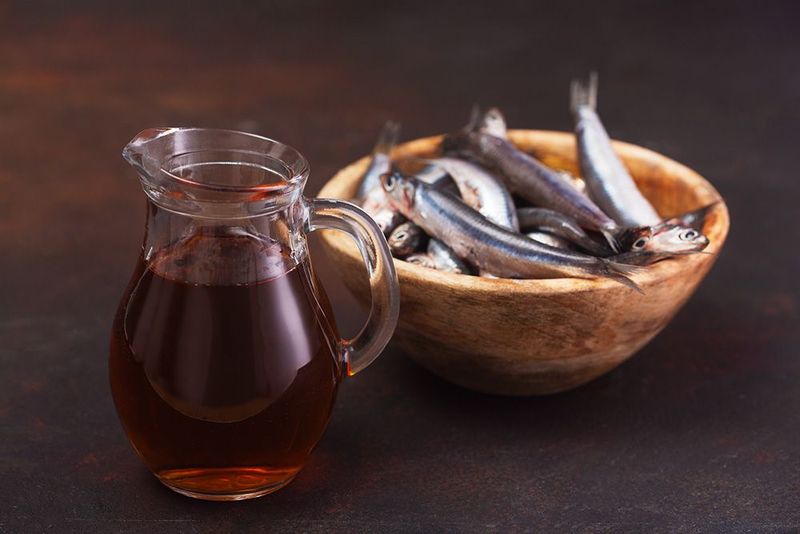
Made from fermented fish, salt, and time, garum was the umami-packed backbone of Roman cooking. Its funky, salty punch brought depth to everything from stews to bread spreads.
It might sound intense, but garum was beloved across the empire. Modern chefs are bringing it back as a bold, ancient alternative to soy or fish sauce.
2. Egyptian Lentil Stew
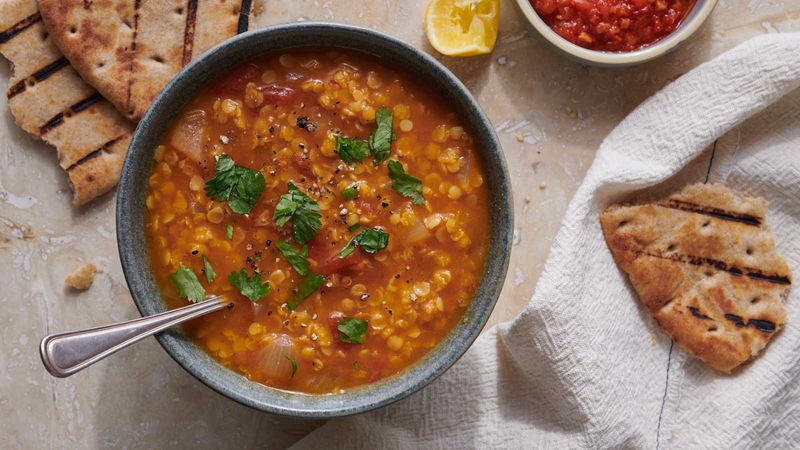
Hearty and humble, this thick stew combined lentils with garlic, cumin, and onions—simple ingredients that simmered into something deeply warming. It was a staple for workers, priests, and pharaohs alike.
Served with flatbread or rice, it satisfied across centuries. Earthy, rich, and vegan by accident, it’s still perfect for chilly nights.
3. Greek Kykeon Drink

Tender lamb slow-cooked with barley, leeks, and dates created a balance of savory and sweet that echoed through royal feasts. Cuneiform tablets record early versions of the recipe—one of the oldest ever written.
The barley thickens the stew and gives it a creamy chew. It’s ancient comfort food with a regal twist.
4. Mesopotamian Lamb With Barley

Amaranth, a tiny grain packed with protein, was toasted, ground, and mixed with honey to form chewy, earthy cakes. The Aztecs used them for rituals and fuel alike.
Sweet and nutty with a slight crunch, they’re surprisingly modern. Gluten-free and energizing, they’re ideal for hikes or lunchboxes.
5. Aztec Amaranth Cakes
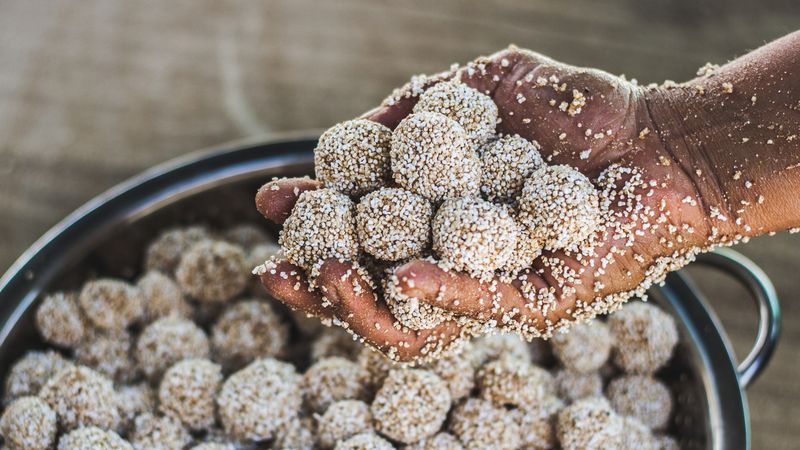
Amaranth, a tiny grain packed with protein, was toasted, ground, and mixed with honey to form chewy, earthy cakes. The Aztecs used them for rituals and fuel alike.
Sweet and nutty with a slight crunch, they’re surprisingly modern. Gluten-free and energizing, they’re ideal for hikes or lunchboxes.
6. Chinese Jiaozi (Ancient Dumplings)

These delicate dough pockets date back over 1,800 years, stuffed with minced meat, cabbage, and warming spices. Boiled or pan-fried, they were a New Year tradition born from medicine and myth.
Soft outside, savory inside, and endlessly adaptable. Ancient hands folded them just like we do today.
7. Indian Khichdi

Rice and lentils simmered into a soft, spiced porridge made khichdi a soothing staple in ancient India. Ginger, turmeric, and ghee gave it warmth and healing power.
Easy to digest, quick to cook, and endlessly comforting. It’s still a go-to for sick days, fasting, or peaceful nights in.
8. Viking Flatbread
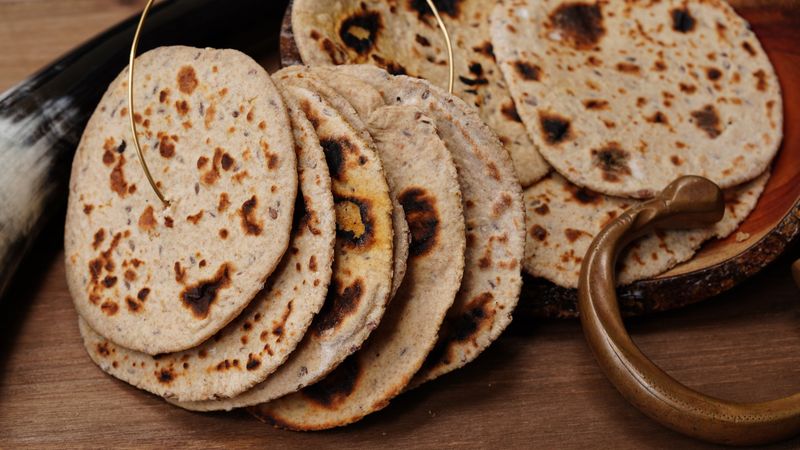
Grainy, hearty, and baked on stones, this unleavened flatbread was carried by Norse travelers on long sea voyages. Made with rye or barley, it held up to time and salt air.
Dense but flavorful, it pairs perfectly with cheese or dried meats. A bite of Viking life that fits into any lunchbox.
9. Incan Quinoa Soup
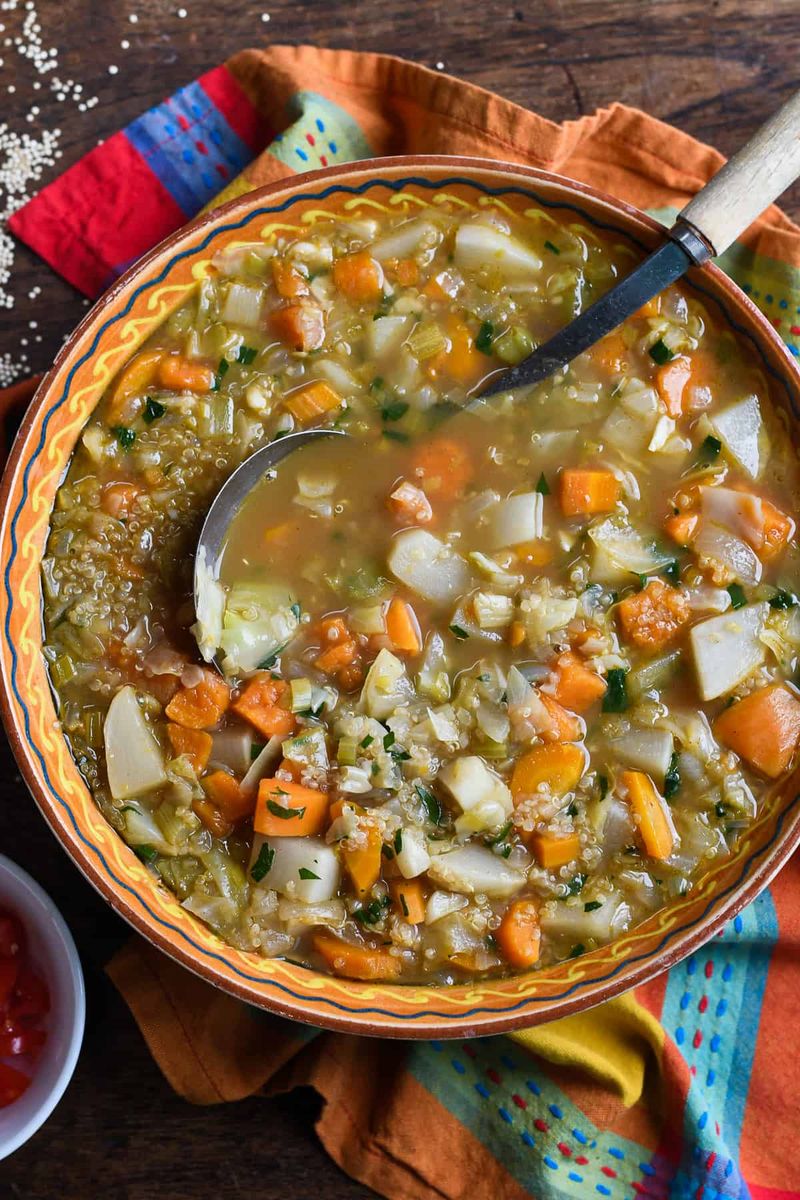
Long before quinoa was a superfood trend, it fueled Incan armies in brothy soups rich with potatoes, herbs, and sometimes alpaca meat. Its lightness made it perfect for high altitudes.
Nutty and protein-rich, the grain adds bite to the delicate broth. Ancient fuel that feels just right today.
10. Medieval Almond Milk Porridge
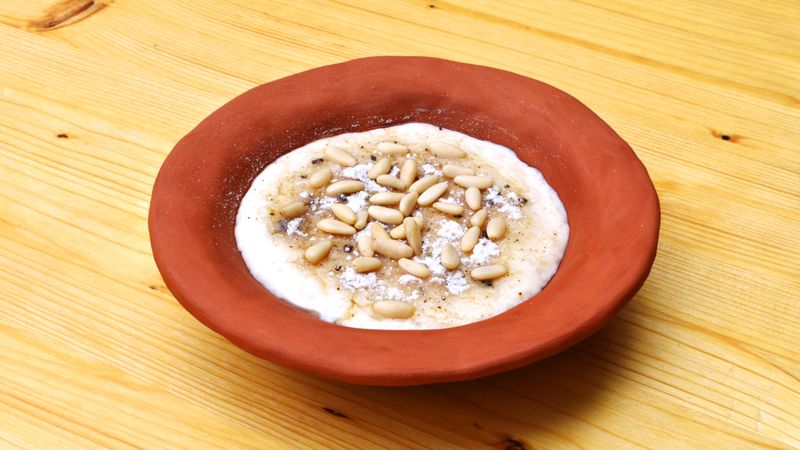
When dairy wasn’t available—or forbidden during fasting—people made rich milk from ground almonds and cooked it into thick porridge with rice or cracked wheat. Sweetened with honey or fruit, it was both nourishing and luxurious
It’s creamy without cream and sweet without sugar. A middle-ages breakfast that holds up beautifully.
11. Byzantine Honey Cakes
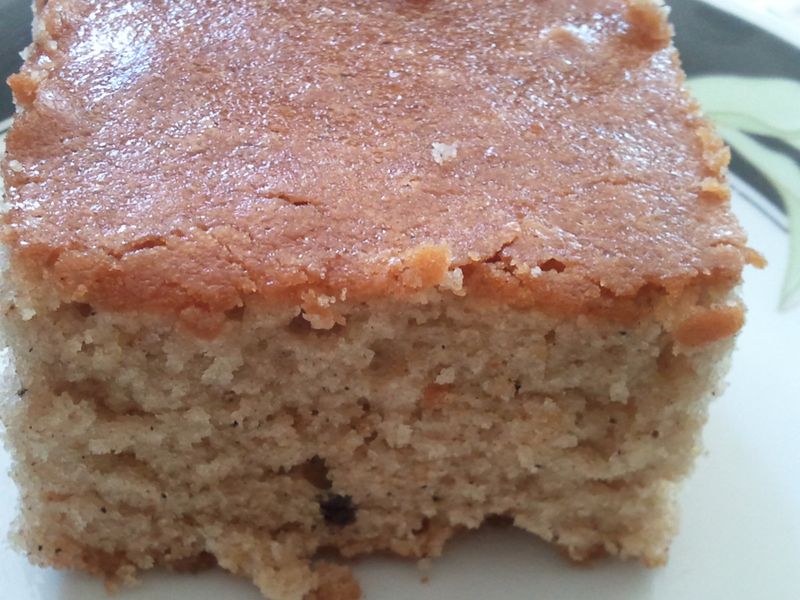
Spiced with cinnamon and drenched in honey, these small, golden cakes were made with semolina and olive oil. They were often shaped into coins or symbols and served at feast days.
Sticky, fragrant, and a little dense, they cling to your fingers in the best way. Sweet enough to taste like a celebration.
12. Mayan Chocolate Drink

Bitter cacao ground with chili, water, and sometimes cornmeal made this ceremonial drink bold and smoky. It was frothed by pouring from cup to cup, creating a foamy top.
It’s not the chocolate we know today—earthy, spicy, and warming. A drink meant to awaken the spirit and sharpen the mind.
13. Phoenician Fish Stew
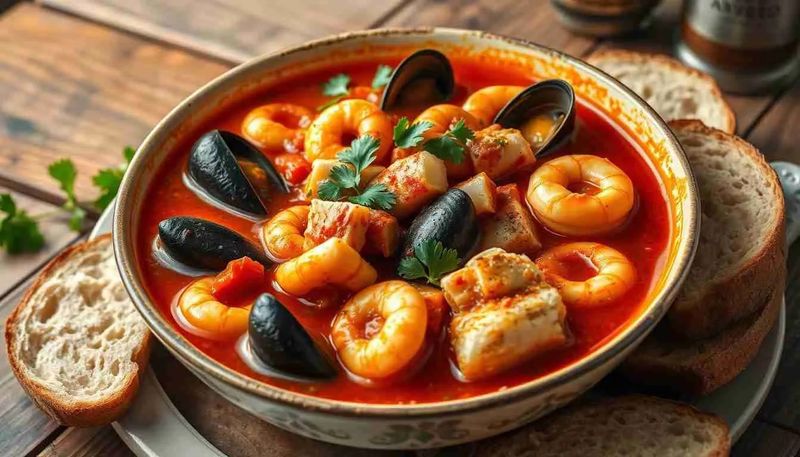
Salted fish, garlic, olives, and fresh herbs came together in a briny, fragrant stew that tasted like the Mediterranean coast. Cooked in clay pots over open fire, it was rustic yet full of depth.
Bright with lemon and bold with oil, it fed sailors and city folk alike. Tastes like ocean wind and olive groves.
14. Persian Herb And Bean Soup (Ash Reshteh)

Packed with herbs, beans, and noodles, this thick soup was made for nourishing the body and welcoming spring. Tart whey or yogurt added brightness, while fried onions brought depth.
It’s vibrant, rich, and hearty—every spoonful a garden in bloom. A timeless dish still cooked across Iran today.
15. Ancient Israeli Tabbouleh
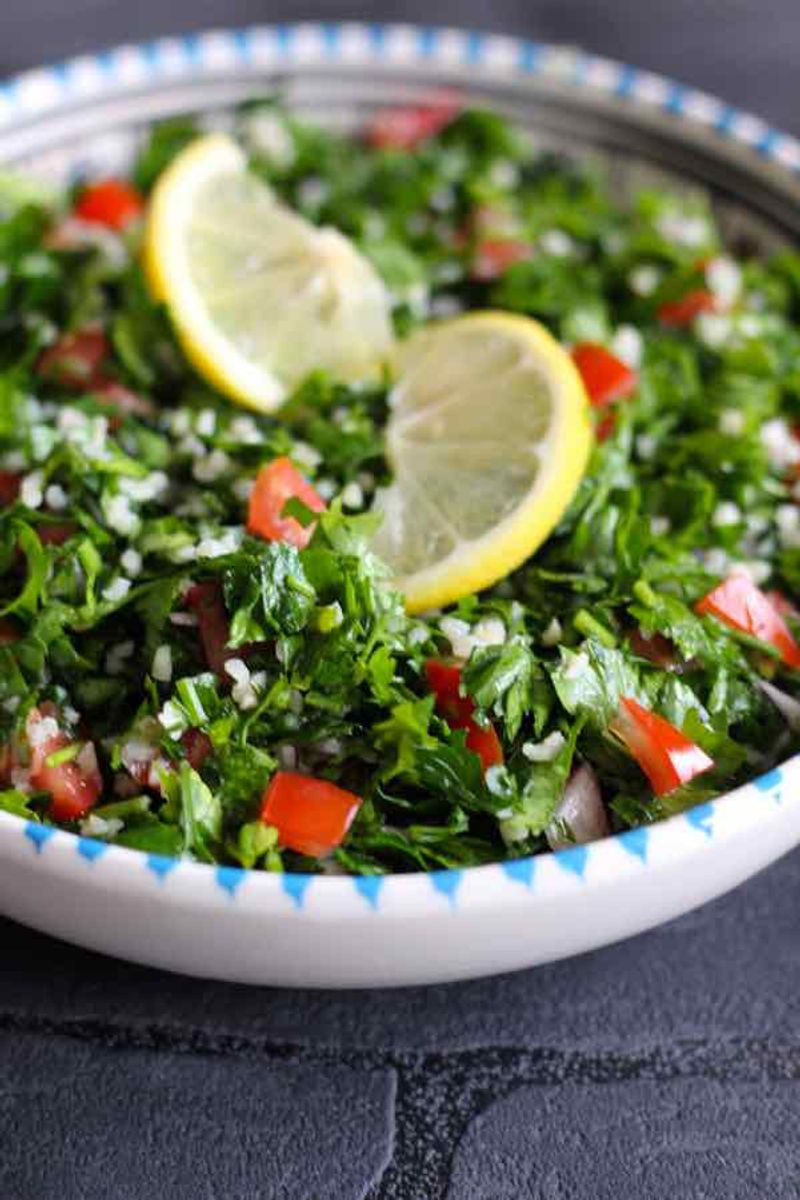
Early versions used bulgur wheat, fresh parsley, mint, and wild herbs tossed with olive oil and lemon. Bright and fresh, it balanced rich stews and roasted meats.
More herb than grain, it feels alive on the plate. Simple, fragrant, and endlessly refreshing.
16. Etruscan Chickpea Pancakes
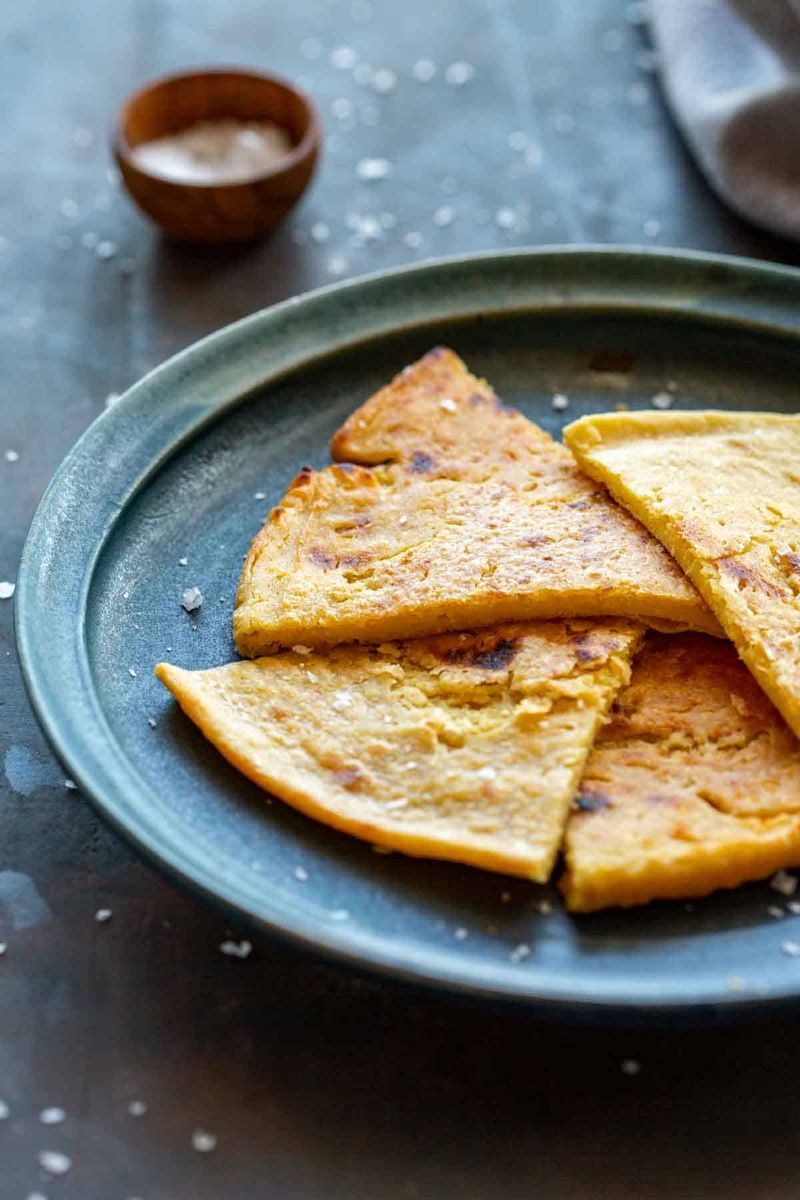
Made from chickpea flour, water, and olive oil, these thin pancakes were crisp on the outside, soft within. They were cooked on hot stones or clay pans and eaten with herbs or garlic paste.
Savory and protein-rich, they’re a golden bite of pre-Roman life. Great folded or torn, and perfect with wine.
17. Celtic Oatcakes

Rough oats mixed with water and salt, then griddled into crisp rounds, formed a staple of ancient Celtic diets. Portable and sturdy, they fueled warriors and farmers alike.
Crunchy, nutty, and endlessly dunkable. A snack with deep roots in the misty hills of old Europe.
18. Mughal Rosewater Rice
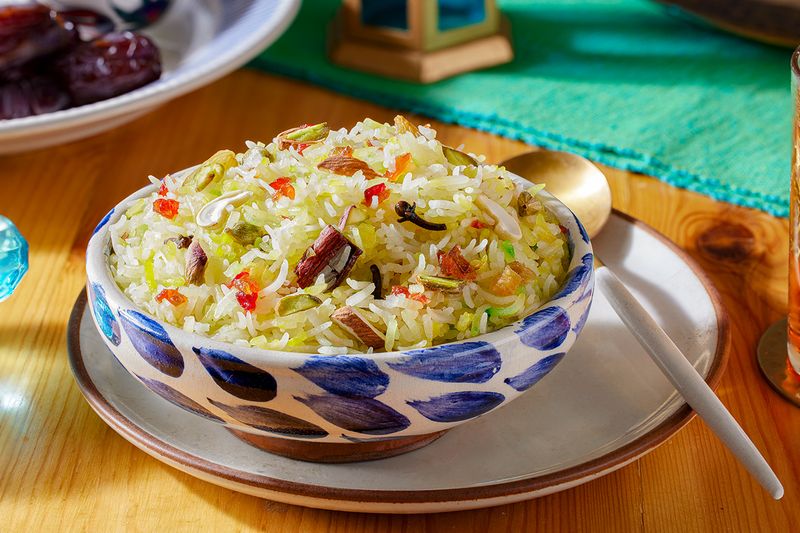
Fragrant rice steamed with rosewater, saffron, almonds, and raisins made this Mughal dish royal-worthy. Its aroma filled banquet halls and lingered on golden platters.
Light, floral, and luxuriously spiced, it’s a poetic kind of comfort. A whisper of elegance in every bite.
19. Japanese Narezushi
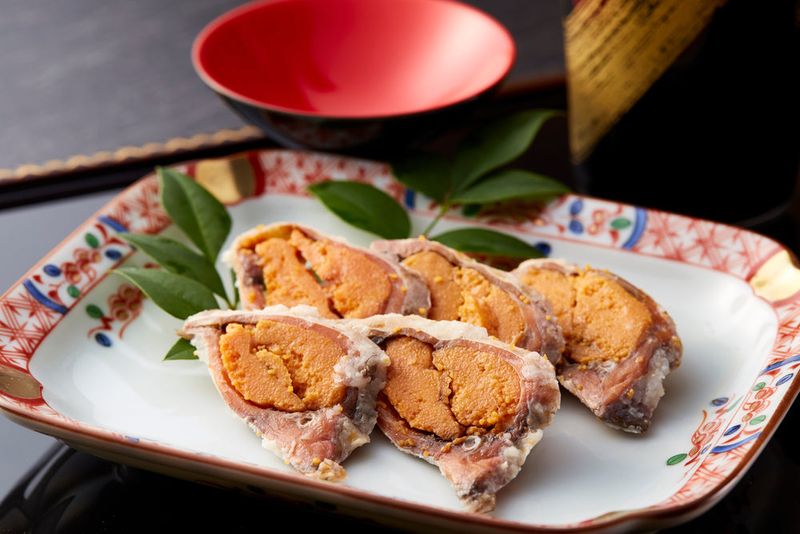
Before modern sushi, there was narezushi—fermented fish preserved in rice for months, developing sharp, tangy flavors. Only the fish was eaten; the rice was discarded after preserving.
Pungent and complex, it’s not for the faint of heart. But it laid the groundwork for one of Japan’s most famous dishes.
20. Nubian Date And Nut Loaf
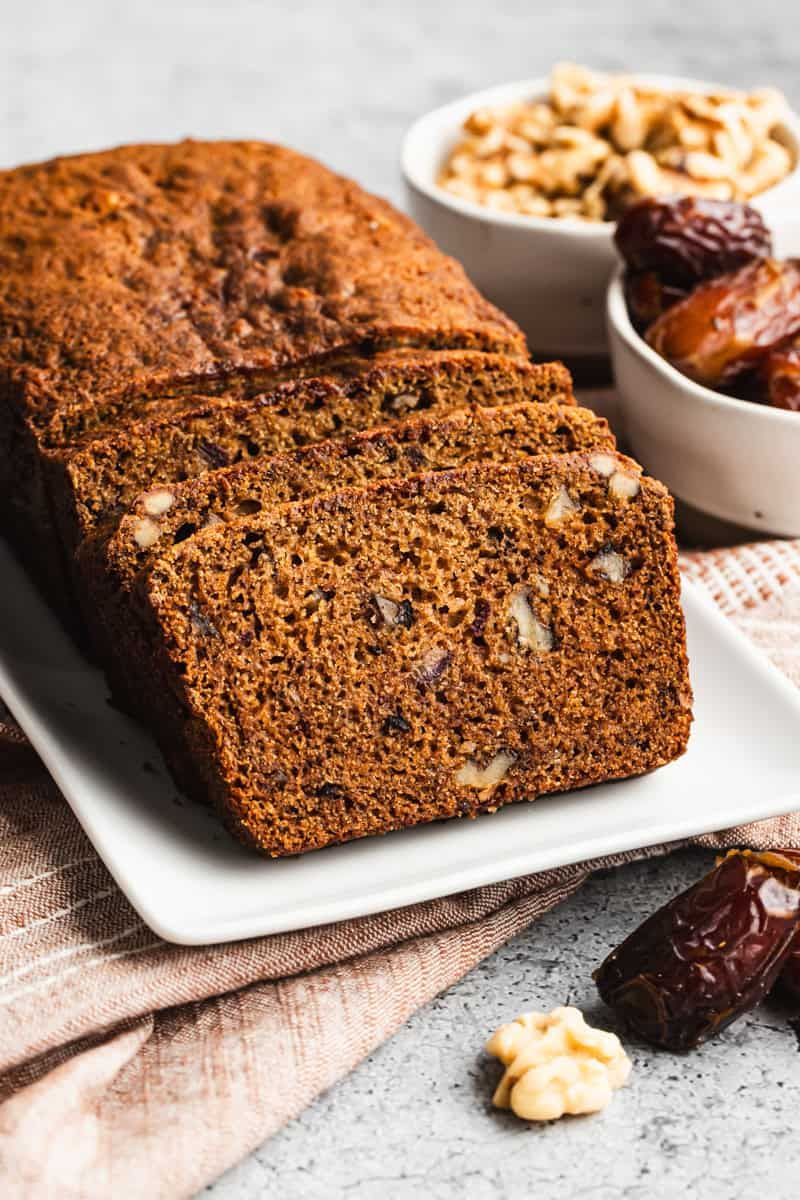
Dense and chewy, this ancient cake combined mashed dates, ground nuts, and barley flour, pressed into loaves and baked until firm. It was rich in energy and traveled well.
Sticky, naturally sweet, and full of texture, it’s like the original energy bar. A slice of ancient Sudan that satisfies even today.

